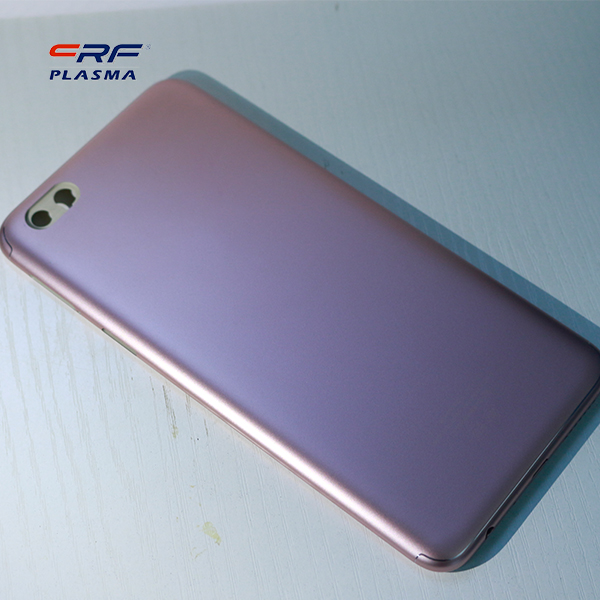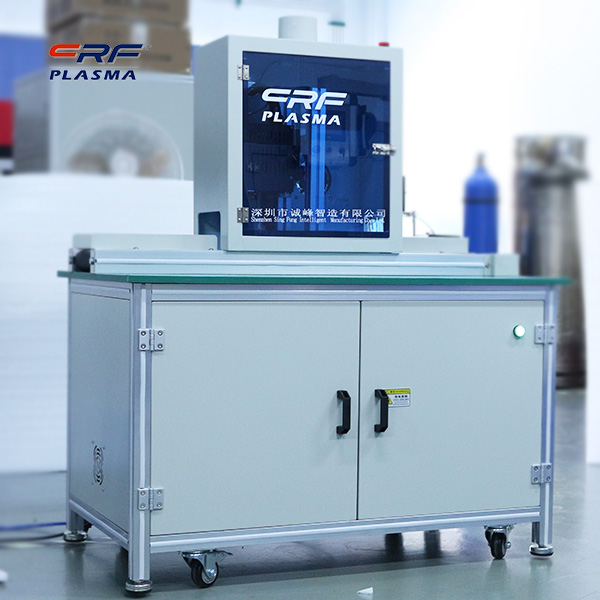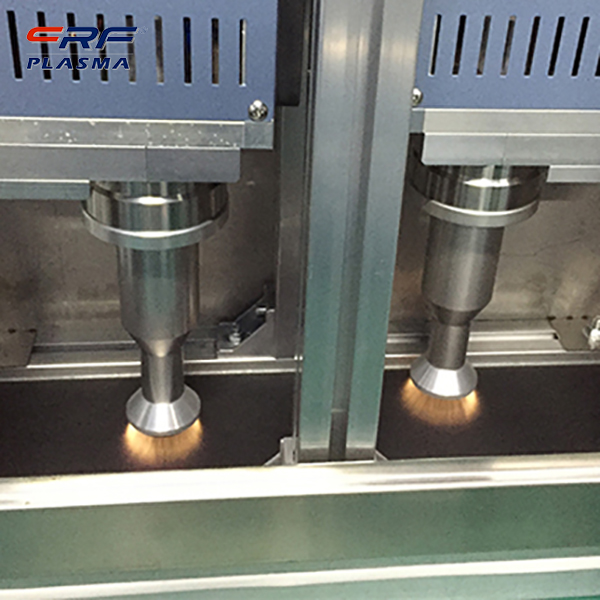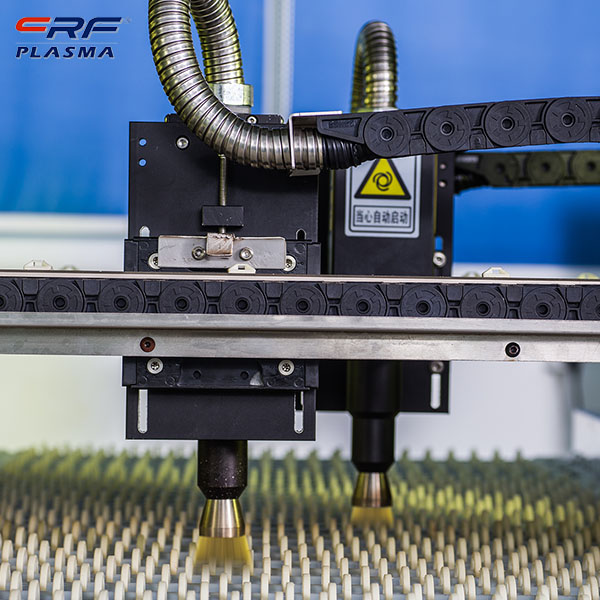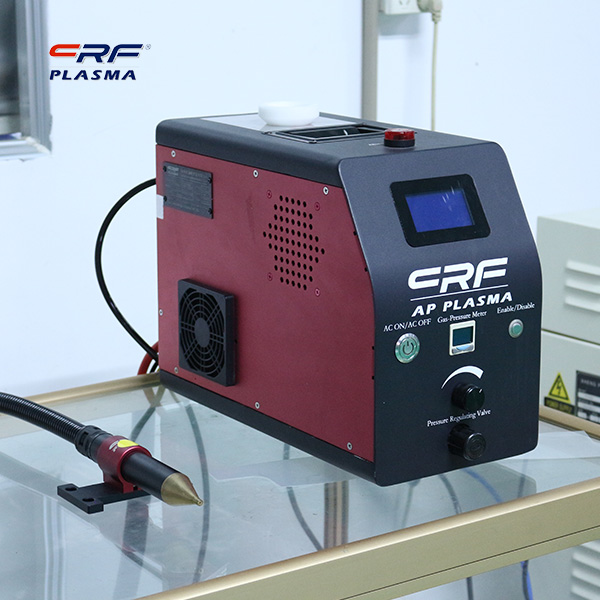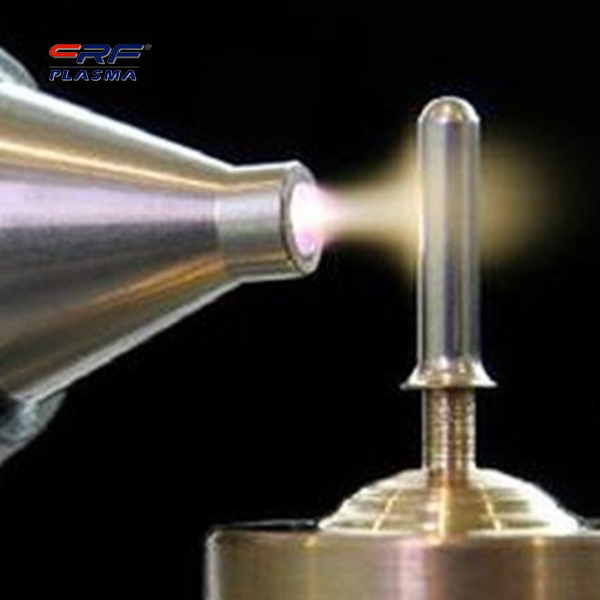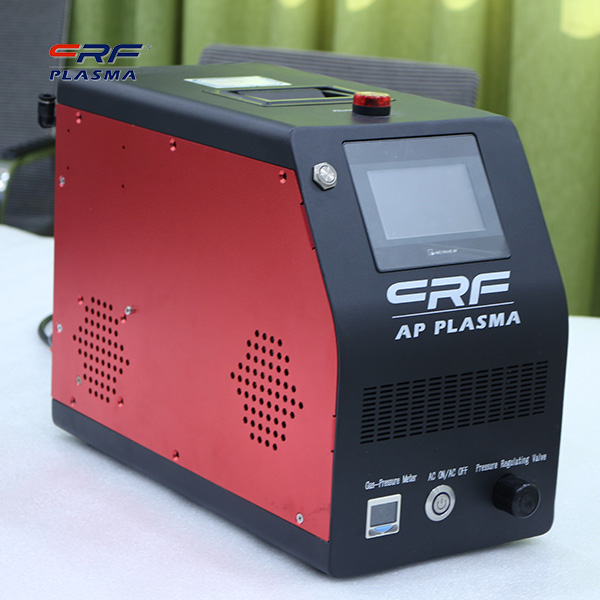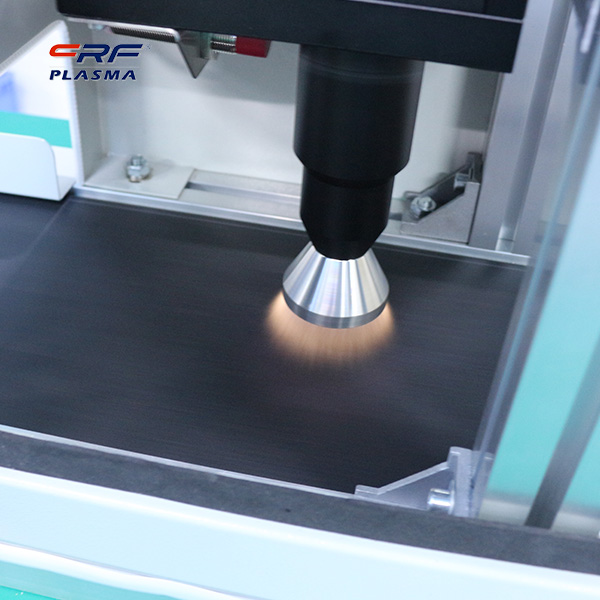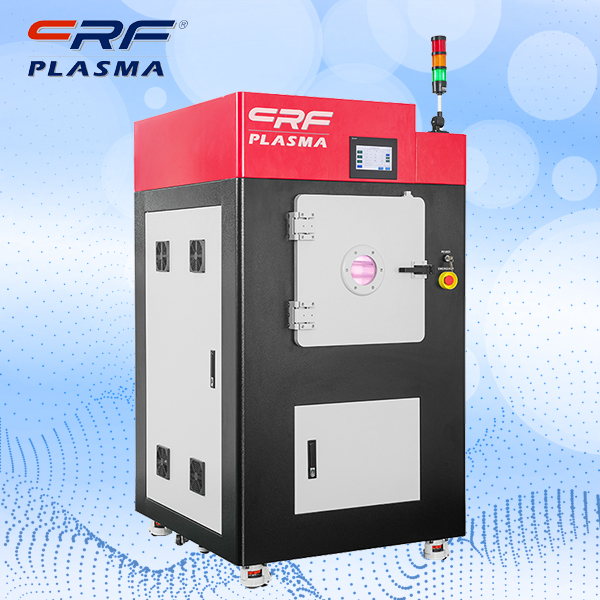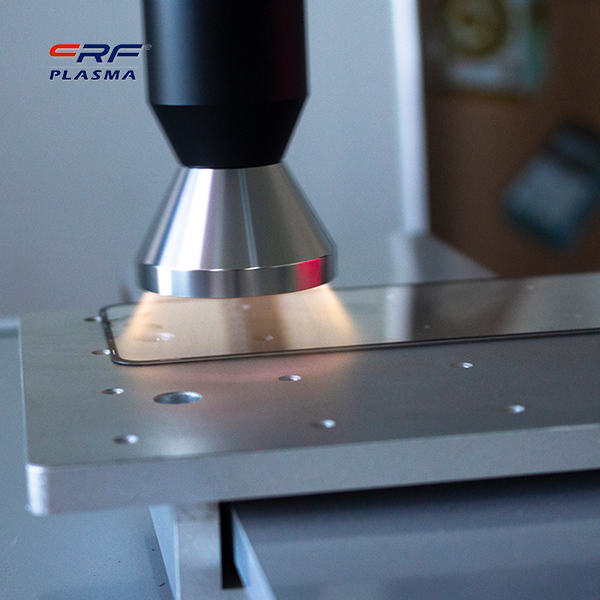
Welcome to Shenzhen Sing Fung Intelligent Manufacturing Co., Ltd.
E-mail:shaobo@sfi-crf.com
Vacuum plasma cleaning technology improves the printing and bonding quality of glass cover plate coating
- Categories:Industry News
- Author:Plasma cleaning machine-CRF plasma plasma equipment-plasma surface treatment machine manufacturer-chengfeng intelligent manufacturing
- Origin:
- Time of issue:2021-08-11
- Views:
(Summary description)Vacuum plasma cleaning technology improves the printing and bonding quality of glass cover plate coating: Glass covers are widely used in the display industry, and everyone is familiar with the glass covers used for LCD panels and touch panels. In terms of materials and applicable parts, the glass cover uses the glass layer on the surface of the liquid crystal and TP. In order to ensure the quality of its products, that is, to improve the printing effect, bonding effect and coating effect, ultrasonic cleaning is often used for surface treatment in the past. In the industry's trend toward precision, do you also feel that the coating, printing and bonding of glass cover plates are also difficult to achieve the desired results? In the next step, you may want to learn about the processing technology of low-pressure vacuum plasma cleaning technology. 1. Limitations of ultrasonic cleaning methods: The ultrasonic cleaning method uses its multiple effects in the liquid to disperse and peel off the dispersion and peeling of large-particle contaminants on the surface of large particles, so as to achieve the purpose of cleaning. Since the ultrasonic cleaning method can only remove large-particle contaminants, only Using the ultrasonic cleaning method, some organic substances and particles invisible to the naked eye are often left on the surface of large-particle contaminants. Due to the existence of these substances and particles, the subsequent coating, printing, bonding and other processing effects are not ideal. The vacuum plasma cleaning technology can not only remove organic substances and particles that are difficult to distinguish by the naked eye, but also activate and etch the glass surface, greatly improving the coating, printing, and bonding effects, thereby improving the production efficiency of the glass cover. 2. An example analysis of the actual treatment of the glass cover by the vacuum plasma cleaning machine: In actual customer cases, the customer's requirements for the plasma treatment of the glass cover plate are: the glass printing area is clean, the surface is free of oil stains or black spots, and the surface is smooth. Without the effect of plasma treatment, its surface will have some contaminants and particles before it is plasma cleaned. At this time, the effect of subsequent treatment is not ideal. Using a vacuum plasma cleaning processor for plasma treatment, the effect of plasma treatment can be clearly seen. At this time, the next process is carried out, the effect is up to the requirements, and the product yield is improved. Chengfeng Zhizao focuses on the research and development and manufacturing of plasma technology. If you want to have a more detailed understanding of the equipment or have questions about the use of the equipment, please click on the online customer service of Chengfeng Zhizao. Chengfeng Zhizao is waiting for your call!
Vacuum plasma cleaning technology improves the printing and bonding quality of glass cover plate coating
(Summary description)Vacuum plasma cleaning technology improves the printing and bonding quality of glass cover plate coating:
Glass covers are widely used in the display industry, and everyone is familiar with the glass covers used for LCD panels and touch panels. In terms of materials and applicable parts, the glass cover uses the glass layer on the surface of the liquid crystal and TP. In order to ensure the quality of its products, that is, to improve the printing effect, bonding effect and coating effect, ultrasonic cleaning is often used for surface treatment in the past. In the industry's trend toward precision, do you also feel that the coating, printing and bonding of glass cover plates are also difficult to achieve the desired results? In the next step, you may want to learn about the processing technology of low-pressure vacuum plasma cleaning technology.
1. Limitations of ultrasonic cleaning methods:
The ultrasonic cleaning method uses its multiple effects in the liquid to disperse and peel off the dispersion and peeling of large-particle contaminants on the surface of large particles, so as to achieve the purpose of cleaning. Since the ultrasonic cleaning method can only remove large-particle contaminants, only Using the ultrasonic cleaning method, some organic substances and particles invisible to the naked eye are often left on the surface of large-particle contaminants. Due to the existence of these substances and particles, the subsequent coating, printing, bonding and other processing effects are not ideal. The vacuum plasma cleaning technology can not only remove organic substances and particles that are difficult to distinguish by the naked eye, but also activate and etch the glass surface, greatly improving the coating, printing, and bonding effects, thereby improving the production efficiency of the glass cover.
2. An example analysis of the actual treatment of the glass cover by the vacuum plasma cleaning machine:
In actual customer cases, the customer's requirements for the plasma treatment of the glass cover plate are: the glass printing area is clean, the surface is free of oil stains or black spots, and the surface is smooth. Without the effect of plasma treatment, its surface will have some contaminants and particles before it is plasma cleaned. At this time, the effect of subsequent treatment is not ideal.
Using a vacuum plasma cleaning processor for plasma treatment, the effect of plasma treatment can be clearly seen. At this time, the next process is carried out, the effect is up to the requirements, and the product yield is improved.
Chengfeng Zhizao focuses on the research and development and manufacturing of plasma technology. If you want to have a more detailed understanding of the equipment or have questions about the use of the equipment, please click on the online customer service of Chengfeng Zhizao. Chengfeng Zhizao is waiting for your call!
- Categories:Industry News
- Author:Plasma cleaning machine-CRF plasma plasma equipment-plasma surface treatment machine manufacturer-chengfeng intelligent manufacturing
- Origin:
- Time of issue:2021-08-11 08:36
- Views:
Vacuum plasma cleaning technology improves the printing and bonding quality of glass cover plate coating:
Glass covers are widely used in the display industry, and everyone is familiar with the glass covers used for LCD panels and touch panels. In terms of materials and applicable parts, the glass cover uses the glass layer on the surface of the liquid crystal and TP. In order to ensure the quality of its products, that is, to improve the printing effect, bonding effect and coating effect, ultrasonic cleaning is often used for surface treatment in the past. In the industry's trend toward precision, do you also feel that the coating, printing and bonding of glass cover plates are also difficult to achieve the desired results? In the next step, you may want to learn about the processing technology of low-pressure vacuum plasma cleaning technology.
1. Limitations of ultrasonic cleaning methods:
The ultrasonic cleaning method uses its multiple effects in the liquid to disperse and peel off the dispersion and peeling of large-particle contaminants on the surface of large particles, so as to achieve the purpose of cleaning. Since the ultrasonic cleaning method can only remove large-particle contaminants, only Using the ultrasonic cleaning method, some organic substances and particles invisible to the naked eye are often left on the surface of large-particle contaminants. Due to the existence of these substances and particles, the subsequent coating, printing, bonding and other processing effects are not ideal. The vacuum plasma cleaning technology can not only remove organic substances and particles that are difficult to distinguish by the naked eye, but also activate and etch the glass surface, greatly improving the coating, printing, and bonding effects, thereby improving the production efficiency of the glass cover.
 2. An example analysis of the actual treatment of the glass cover by the vacuum plasma cleaning machine:
2. An example analysis of the actual treatment of the glass cover by the vacuum plasma cleaning machine:
In actual customer cases, the customer's requirements for the plasma treatment of the glass cover plate are: the glass printing area is clean, the surface is free of oil stains or black spots, and the surface is smooth. Without the effect of plasma treatment, its surface will have some contaminants and particles before it is plasma cleaned. At this time, the effect of subsequent treatment is not ideal.
Using a vacuum plasma cleaning processor for plasma treatment, the effect of plasma treatment can be clearly seen. At this time, the next process is carried out, the effect is up to the requirements, and the product yield is improved.
Chengfeng Zhizao focuses on the research and development and manufacturing of plasma technology. If you want to have a more detailed understanding of the equipment or have questions about the use of the equipment, please click on the online customer service of Chengfeng Zhizao. Chengfeng Zhizao is waiting for your call!
Scan the QR code to read on your phone

TEL:0755-3367 3020 / 0755-3367 3019

E-mail:sales-sfi@sfi-crf.com

ADD:Mabao Industrial Zone, Huangpu, Baoan District, Shenzhen




